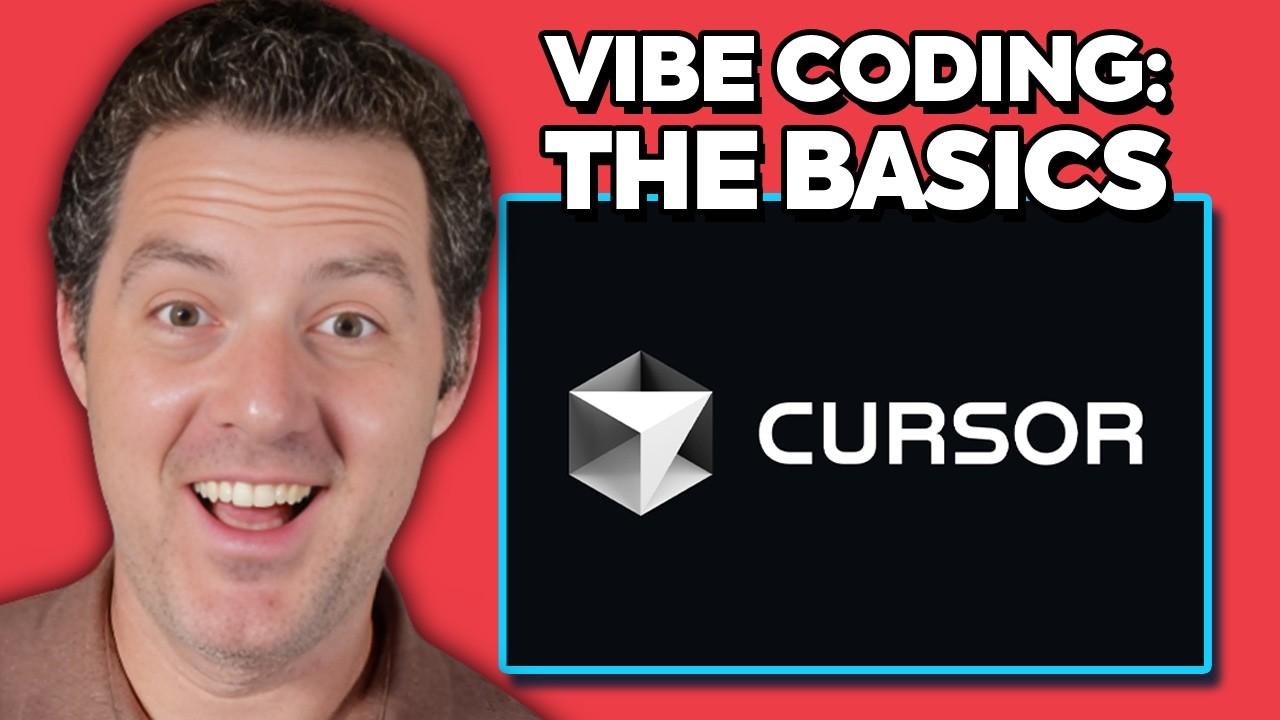The video discusses “Vibe coding,” which utilizes AI agents like Cursor and Windsurf to automate the coding process, allowing for the generation of entire applications from detailed specifications. The creator shares best practices for effectively using these AI tools, emphasizing the importance of clear specifications, managing context, and maintaining a clean codebase to ensure successful application development.
In the video, the creator discusses their experience with “Vibe coding,” which involves using AI agents, specifically through platforms like Cursor and Windsurf, to automate the coding process. Unlike traditional coding where one writes code manually, Vibe coding allows the AI to generate entire applications from start to finish. The creator shares insights on how to effectively utilize these AI tools, emphasizing the importance of selecting the right AI model, such as Claude 3.7, which supports agentic behavior and function calling.
The creator highlights the significance of writing a detailed specification for the application before engaging the AI. They recommend using AI to draft a comprehensive spec that includes technical details, operational guidelines, and database schemas. Once the spec is ready, it can be pasted into the coding environment, where the AI can begin building the application. The creator also stresses the importance of setting up rules within the coding environment to guide the AI’s behavior, ensuring that it adheres to specific technologies and workflows to avoid issues like code duplication or technology mismatches.
As the creator delves deeper into their coding preferences, they outline several best practices for working with AI agents. These include avoiding code duplication, maintaining a clean codebase, and ensuring that the AI respects the separation of development, testing, and production environments. They also emphasize the need for thorough testing, particularly end-to-end testing, to ensure that the application functions as intended. The creator advises against using mock data in production environments, as this can lead to misleading results.
The video also touches on the importance of managing context when interacting with the AI. The creator notes that providing too much context can hinder the AI’s performance, so it’s essential to strike a balance. They suggest starting new chats when the context becomes bloated and keeping requests narrow and focused to improve the AI’s responsiveness. Additionally, they recommend committing code frequently to maintain a clear version history and facilitate easy rollbacks if issues arise.
In conclusion, the creator expresses excitement about the potential of Vibe coding and the future of AI-assisted development. They encourage viewers to embrace these tools, as they can significantly reduce the amount of coding knowledge required to build complex applications. The video serves as a guide for those interested in exploring AI-driven coding, offering practical tips and insights gained from the creator’s extensive experience with these technologies.
